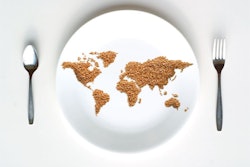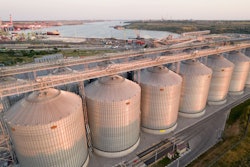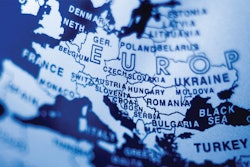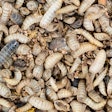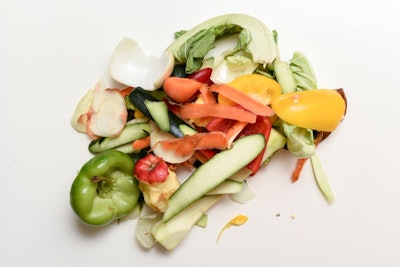
Turning more food byproducts into circular animal feed could feed up to a billion people, new study says
While the animal feed industry already makes extensive use of food production byproducts, there’s still plenty of room for increased efficiencies, according to new research from Aalto University.
If used as animal feed, byproducts that currently go to waste — including crop residues and trimmings from fish and livestock processing — could help to produce 6% more animal food products for human consumption, according to the study. Making use of some crop residues that are generally ignored because of their potential impact to animal productivity could contribute up to 13% more calories to global food systems. The additional productivity would not require an increase in natural resource use or major dietary changes, and would not require changes in regulations that prohibit the use of mixed-stream food waste in animal feed, according to lead author, Vilma Sandström, a postdoctoral researcher in the water and development research group at Aalto University.
“As there are currently a lot of food system byproducts used in animal feed, we wanted to look at how much potential there still is to increase their use,” Sandström said. “And at the end, looking at the maximum potential we could use, we were surprised.”
In many cases, Sandström said, useful byproducts went to waste when they were geographically separated from animal production facilities that could make use of them. Other unused byproducts identified by the study included crop residues that are not currently collected, or processing waste from fish and meat packing facilities that is discarded.
“We found that a lot of the livestock byproducts have valuable nutritional qualities and could be used in aquaculture feeds and also in poultry and pig farming,” Sandström said. “But also byproducts from fisheries and fish processing, and there’s so much potential in crop residue. But in a lot of places, they may need … processing that is not always available. Crop residents, for example — a lot of them are not collected. Or waste from fish or livestock processing — they would need more processing to be used as feed.”
There are already efforts underway to find innovative solutions that would unlock these resources for use in animal feed, but government policy and incentives could potentially speed the process along, Sandström said. More scholarship could also identify regions or locales where more byproducts are going to waste, she said.
“There’s a lot of potential in this, with the energy crisis and the war in Ukraine and rising food prices,” she said. “This is one option that we could use to feed animals so that we would have more food available for humans.”

